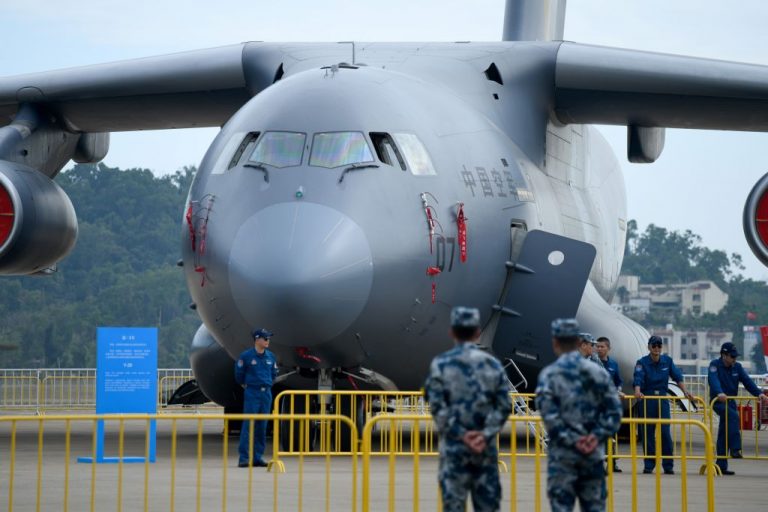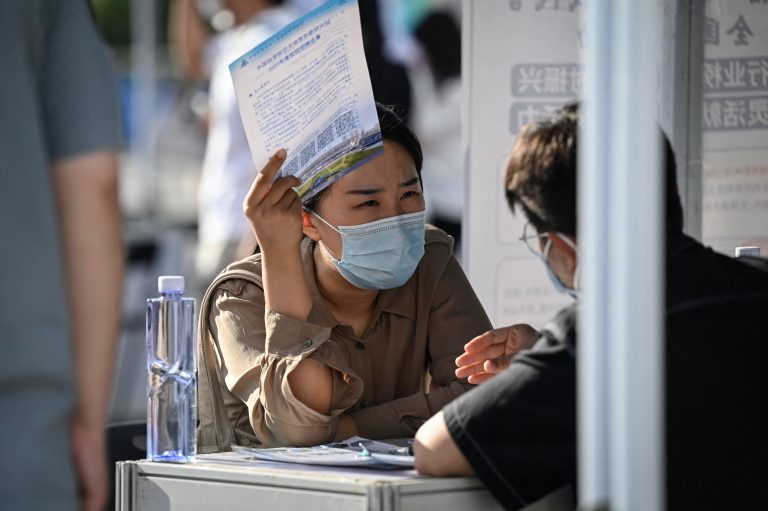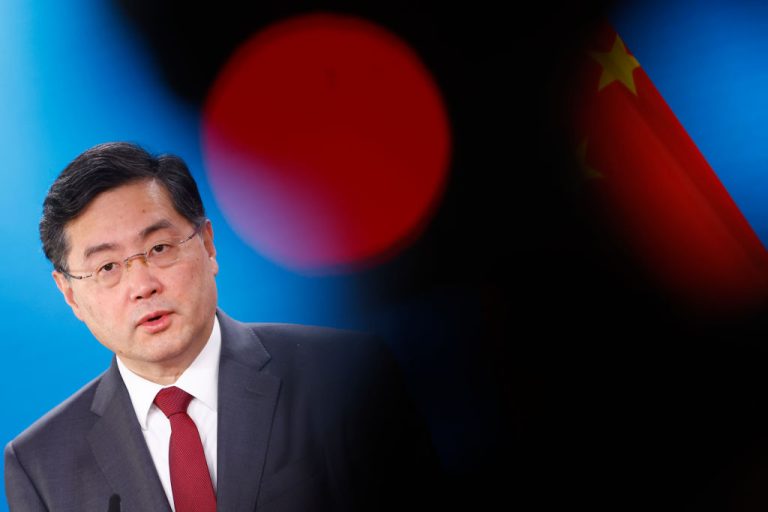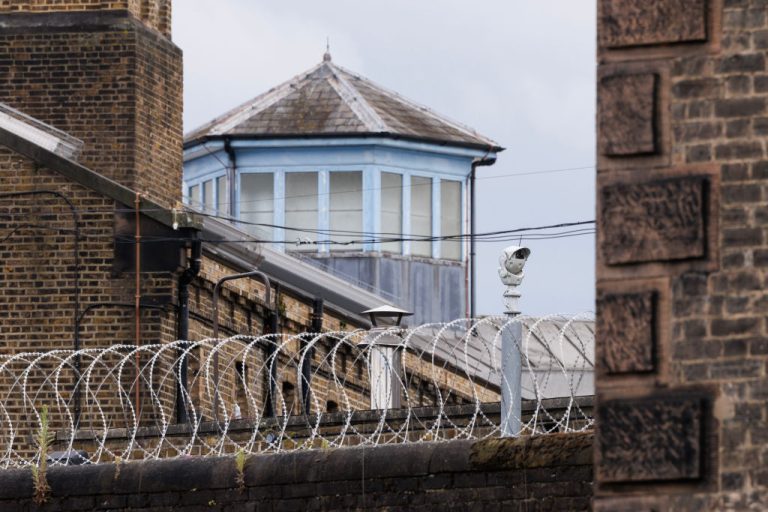Japan is on high alert after a Chinese military surveillance plane breached its territorial airspace on Aug. 26, marking a significant escalation in the already tense relations between the two Asian powerhouses.
The incident, which occurred near Nagasaki Prefecture, represents the first known violation of Japanese airspace by a Chinese military aircraft — a development that has sent shockwaves through the region.
According to Japan’s Ministry of Defense, the Chinese reconnaissance aircraft entered Japanese airspace around 11:30 a.m. local time before quickly retreating after Japan’s Self-Defense Force (JSDF) scrambled fighter jets in response. The brief, but unprecedented breach has raised alarm bells in Tokyo, with officials calling the incursion “extremely regrettable,” and expressing growing concern over China’s increasing military assertiveness in the region.
RELATED: US Upgrades Military Command in Japan, Warns of China Threats
On high alert
For years, Japan has been vigilant against foreign aircraft entering its airspace, with the JSDF frequently intercepting and tracking planes that approach too closely. Last year alone, Japan’s defense forces scrambled fighter jets 669 times to intercept foreign aircraft — a significant increase from two decades ago. Of these interceptions, 479 were in response to Chinese aircraft, underscoring the frequency of China’s aerial presence near Japan.
Success
You are now signed up for our newsletter
Success
Check your email to complete sign up
What makes the incident particularly concerning is that it represents a direct challenge to Japan’s territorial sovereignty. While Chinese military planes have often flown in international airspace near Japan, this is the first confirmed case of a Chinese military aircraft entering Japanese territorial airspace.
The timing of the breach, coming just a day before U.S. National Security Adviser Jake Sullivan was set to visit Beijing for high-stakes talks, suggests that the incursion may have been a deliberate signal from Beijing to test the waters.
RELATED: Philippines on High Alert Following Clash With Chinese Ship in South China Sea
Military analysts are interpreting the airspace violation as a calculated move by China to challenge Japan’s territorial boundaries, particularly in the contested East China Sea. The area where the Chinese plane was spotted, near the Danjo Islands, is close to a large continental shelf over which China asserts control.
This shelf extends into waters that Japan considers part of its exclusive economic zone, adding another layer of complexity to the already fraught territorial disputes between the two countries and within the Asia-Pacific region.
Heightened tensions
The incursion is not an isolated event but the latest in a series of provocations that have heightened tensions between Japan and China in recent weeks. Just days before the airspace violation, a Chinese newscaster on a Japanese public broadcaster’s radio program deviated from the script to assert that the Senkaku Islands — a group of uninhabited islets controlled by Japan but claimed by China — are Chinese territory.
This statement, which was also broadcast on Japanese airwaves, was seen as a direct challenge to Japan’s sovereignty over the islands, further straining relations between the two nations.
In another incident that same day, graffiti was discovered at the Yasukuni Shrine in Tokyo — a site that commemorates Japan’s war dead. The graffiti, written in Chinese characters and reportedly reading “toilet,” was seen as a desecration of the shrine, which is already a contentious symbol in Japan-China relations due to its association with Japan’s controversial military past.
RELATED: China and Philippines Arrive at ‘Provisional Arrangement’ for South China Sea Resupply Missions
Japan’s response to the airspace breach has been swift and stern. On Monday evening (Aug. 26), Japanese officials summoned representatives from the Chinese Embassy in Tokyo to protest the incursion and demand assurances that such violations will not happen again. Japan’s Ministry of Foreign Affairs issued a statement calling on China to respect Japan’s territorial sovereignty and prevent future airspace violations.
Damage control
The incident has also caught the attention of Japan’s allies — particularly the U.S. — which has a mutual defense treaty with Japan. The timing of the breach, just before Sullivan’s visit to Beijing, is likely to add urgency to the discussions between U.S. and Chinese officials on regional security issues, including the status of Taiwan and U.S. export controls on advanced technologies to China.
The timing also coincides with heightened military activities in the region, including joint military drills between the U.S. and its allies aimed at countering China’s growing influence in the Indo-Pacific. The convergence of these events also underscores the delicate balance of power in the region, where even minor provocations have the potential to escalate into larger conflicts.
As U.S. officials prepare for talks in Beijing, the airspace violation is likely to be a key topic, especially as Japan and China continue to navigate their complex and often contentious relationship.







